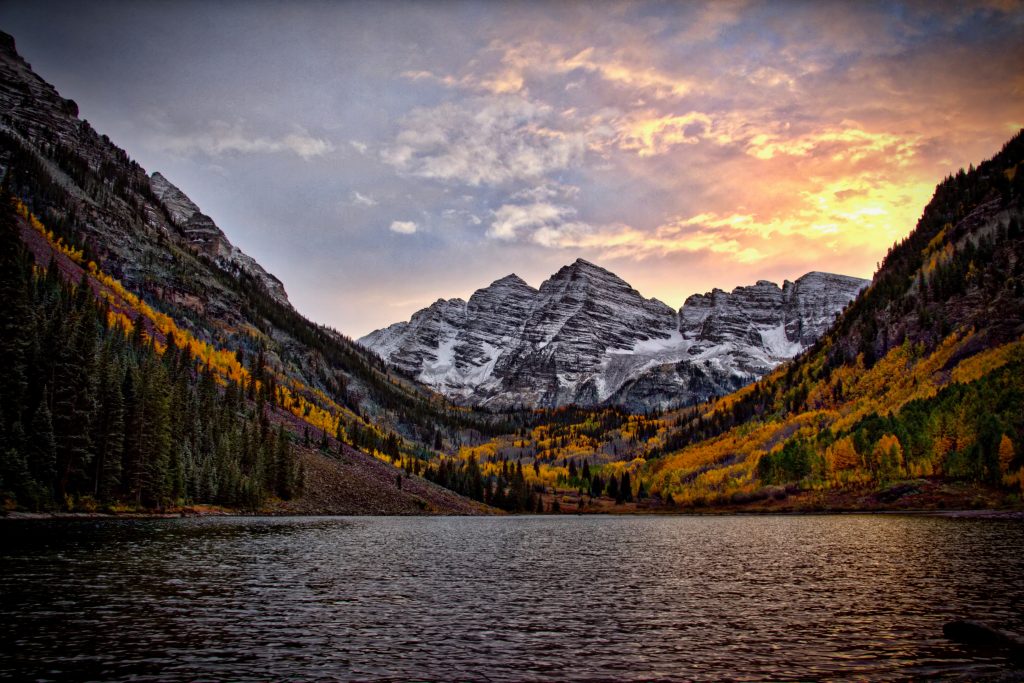What do you picture when you think about where millionaires live? You might think of Beverly Hills or Malibu in California. You might picture New York City. On the other hand, you may imagine millionaires retiring to exotic international destinations.
Of course, there are plenty of millionaires around the world. However, you might be surprised to learn just how many of them live in small American towns. It makes sense, when you think about it. One million dollars doesn’t go a long way in New York City but you can stretch it really far in Williston, North Dakota.
Williston is one of the towns that Kiplinger reports has a high concentration of millionaires. Here are ten small American towns where millionaires live:
1. Summit Park, Utah
There are only about fifteen thousand total households in Summit Park, Utah. Of those, nearly 2000 are where millionaires live. When you look at the exact numbers, it’s got 12.5 % concentration of millionaires. In fact, it’s got the highest concentration of any small town in the United States. This is where millionaires live.
The median income for the area is just under $95,000. The median home value is just over $558,000. People here live good lives; it’s known for film festivals and ski resorts.
2. Los Alamos, New Mexico
I was surprised to learn that Los Alamos was on the list. I’ve been there and it didn’t seem like a place where millionaires live. However, like Summit Park, it has a 12.5% concentration of millionaires.
It’s interesting to compare the statistics between the two locations. There are fewer people living in Los Alamos (about 8000 households) but there are 1000 millionaire households. The median income is higher in Los Alamos (over $110,000) but the median home value is considerably cheaper ($285,000).
Each of these cities offers a very different way of life for the people who choose to call them home.
3. Williston, North Dakota
I’d actually never even heard of this small town before but apparently it’s an oil town and that’s created a dense population of millionaires. Of 14,570 household, 1331 of them are millionaire households. That’s just over 9% concentration.
4. Juneau, Alaska
Juneau has a high cost of living compared to many other places in the United States. Nevertheless, it might not be the first place to come to mind when you think about where millionaires live. And yet, the concentration here is high. The 1156 millionaire households here make up just under 9% of the total.
5. Edwards, Colorado
Edwards is a ski resort town. It’s one of the larger cities on the list, with a population exceeding 20,000 households. Of those, 1756 are millionaire households, which is 8.7% concentration.
6. Torrington, Connecticut
Torrington is a hidden gem – a beautiful place that’s great for outdoor activities but also offers shopping, dining, and art galleries. It’s a frequent escape for Manhattanites who want to get away.
It’s by far the largest city on the list, with more than 74,000 households. More than 6300 of those are millionaire households. The median home value here is $260,700 but the state has some of the highest taxes in the nation.
7. Kapaa, Hawaii
I think of Hawaii as more of a vacation destination than a place where millionaires live full time. However, about 8.4$ of the 25,000+ household in this Kauai island city are millionaire households. Like in Torrington, the property taxes are high, though. And like in Juneau, the cost of groceries and other cost of living items is high as well.
8. Vineyard Haven, Massachusetts
The name alone suggests that rich people live here. There are fewer than 650 millionaire homes here but they have such a low total population that it’s still over 8% concentration.
9. Breckenridge, Colorado
Apparently the wealthy like to live in ski towns in the Western United States. This one has just over 1000 millionaire households, which is just under 8% concentration.
10. Easton, Maryland
Millionaires who want a quieter spot with antiquing and calm beaches may try Easton. There are over 1250 millionaire households here, which is 7.9% concentration for the area.
Read More:
- How to Make Ends Meet in the Most Expensive US Cities
- How to Save Money in the Suburbs
- Living in Asia as an Expat Might Be an Expensive Choice
- How To Find An Income Restricted Apartment
Kathryn Vercillo is a professional writer with more than a decade of experience writing about healthy living and personal finance. She lives in San Francisco, where she has learned to maximize frugal living tips in order to thrive as a freelancer in one of the nation’s most expensive cities. When she’s not writing, she’s exploring the city on foot with her rescue dog. Learn more about her at www.kathrynvercillo.com.
Kathryn also writes about saving money with coupons over at GroceryCouponGuide.com



